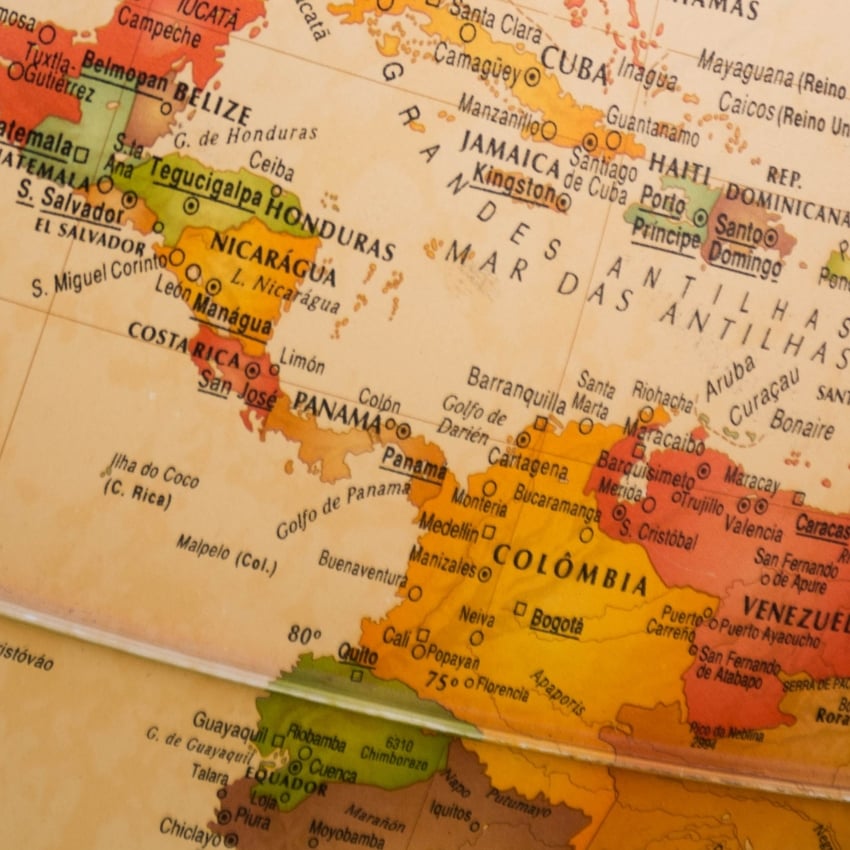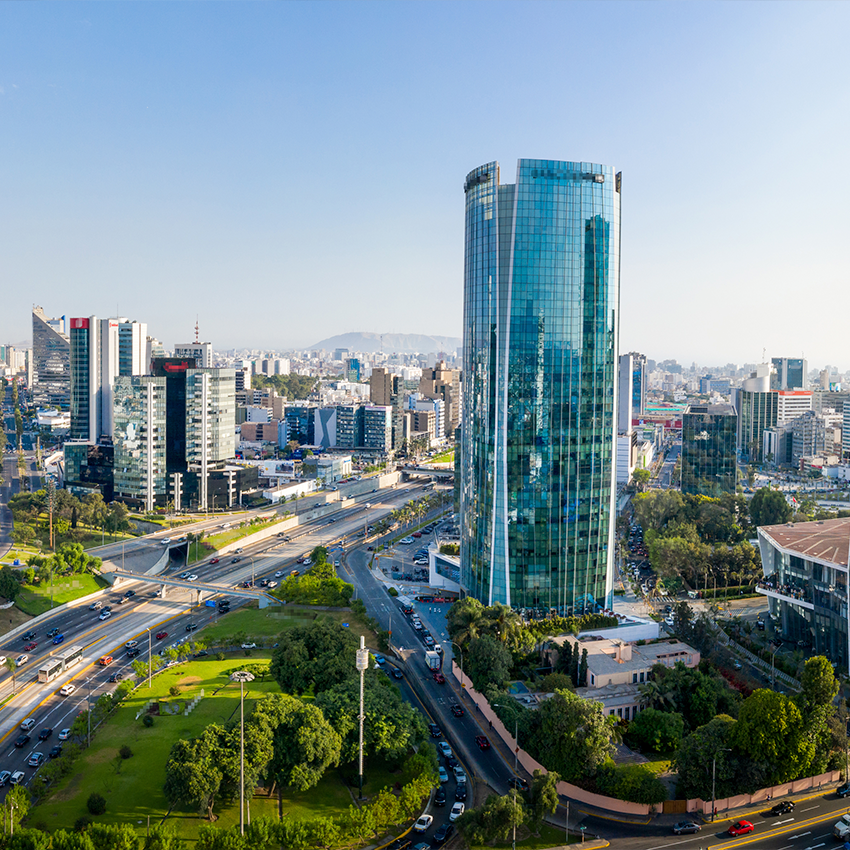Expanding businesses abroad can be challenging, especially to a region with such regulatory differences as Latam. Learn how to better navigate the matter.
A company with plans to expand to Latin American countries, a market full of opportunities for international merchants, must seek compliance with the tax rules established in such territories. Among the main ones, of course, there are taxes levied in Latin America on foreign investments and operations.
As you will notice as you read, the most complex aspect of this topic is that, despite being geographically close, the nations of Latin America are often highly different from each other. Each one has its singularities, different methods and aspects — which includes tax regulation.
In the article, you will be able to check out our analysis and exposure of the best data obtained in recent years and the most current reports from the OECD (Organization for Economic Co-operation and Development). We will provide details on the major Latam economies, and tips on how to adapt to the their respective tax requirements. Stay with us and enjoy your reading.
Latin America and its taxes for merchants
Latin America is one of the regions in the world with the highest incidence of taxes on consumption, with Brazil leading the way. In many countries in the region, taxes on goods and services account for about a quarter of total tax revenue — but you don't need to be afraid of that.
The OECD recognizes that these systems can have advantages on issues closely related to simplicity and transparency. The organization also points to some problems associated with the system.
The high levels of taxation on consumption can end up tending to distort consumer decisions, due to the high rates, and harm competitiveness between companies. In addition, these systems converge, in most cases, to a regressive charge, as they affect lowest incomes with greater intensity.
On the other hand, this aspect can turn out to be very advantageous if the person responsible for the expansion operation seeks a sharper look at the long term: scalability will need to be part of your business.
The fact that these tax policies tend to cost less the larger the operation in relation to the market is, a scalable attitude can be a trend of successful cases for such a venture. Thus, companies with services that tend to become popular quickly suffer less impact from this tax collection model applied in some Latin American countries.
Pay close attention to tax liabilities
Even if you own a scalable company, it is always important to pay close attention to the topic when working Latam. Tax issues not obeyed by foreign companies can lead to fines that can harm the final revenue of the business.
For those who work in more exclusive and personalized segments — and who do not need scalability at the same level as other more technologically demanding business models —, they can also use favorable aspects for their growth, without harming the compliance levels due by their company to the client.
To do so, it is important to understand how the economies and tax systems of the countries in which you are interested in expanding operations to work. Next, we'll explore this topic in some detail to help you understand what to look for during your analyses — so keep on reading!
The different taxes in Latin America
Economic activity in Latin America is concentrated in six main markets: Brazil, Mexico, Colombia, Argentina, Chile, and Peru, in descending order of size. This share of countries alone represents 93% of Latam's total GDP.
Brazil currently has 213 million people, followed by Mexico, with an estimated 130 million inhabitants. Together, these two nations accumulate more than 2 trillion dollars in GDP. We need to be attentive to the specifics of each country, so we will now explain what you can expect when selling to these territories.
Each country has its peculiarities
As we can see, Latin American countries are culturally and economically quite different from each other. Whether in the tax systems used in each of the countries, or in the obligations that a foreign investor must fulfill in order to access the local market.
Taxes such as VAT (Value Added Tax) have different rules for each territory. That's why it's important to have a partner with local expertise, that knows the specifics of each region, to take care of your expansion project to Latin America. When choosing your payment provider, for example, you must consider this topic: local payment methods are fundamental to achieve success in Latam.
However, besides being well established in the regions you want to operate, your provider must also be in line with local tax requirements. Thus, such a partner will ensure the proper knowledge and offer the best options for international merchants aiming to sell to Latin American consumers.
It is important to note that these payment providers do not exempt a foreign company from paying local taxes, such as VAT or other legal charges that may be due. Below, you will find some relevant information about the biggest representatives of the Latin American market and peculiarities of the main ones.
On the other hand, it's relevant to point out that taxes management is much easier for companies making cross-border sales to Latam, instead of opening local entities in each of the target-countries.
Latin America: a land of opportunities
As we've highlighted above, Brazil, Mexico, Colombia, Argentina, Chile, and Peru represent a total of 88% of the entire population of Latin America, so they cannot go unnoticed by those who want to invest.
While the region is very promising, it poses several additional challenges for international investors. On the other hand, we already see a market movement in relation to the regulation of digital goods sold in the region.
Brazil and Mexico lead with the highest rates of e-commerce buyers in the region — 128 million and 60 million, respectively —, many of which shopped online for the first time during the pandemic.
For these reasons, Latin America has been the epicenter of the most innovative projects in the market, attracting the attention of startups and bigtechs from all over the world.
The evolution of the Latin American market is constant
Many Latin American countries use their own resources and have a unique operating model for that location. It is important that the foreign investor observes each of their particularities.
For example, making payments in Argentine dollars to another country may be a problem due to the high regulatory control of these transactions in Argentine territory. Remember that Argentina has new tax rules that have been implemented in recent times.
Colombia, on the other hand, operates with a system of tax and fiscal residency for having settlements owed by foreign companies and people. Peru shows excellent prospects for foreign investment in the coming years.
The evolution of this group of Latin American countries is constant. It is important to perceive them as living economies and cultures. These countries are constantly changing, just as taxes in Latin America change to better adapt to global consumption patterns. They are always open to foreign investment; they are an excellent opportunity for those looking for growth opportunities.
Want to learn more about the peculiarities of Latin American taxes and how we can help handle regulatory challenges? Then get in touch:





